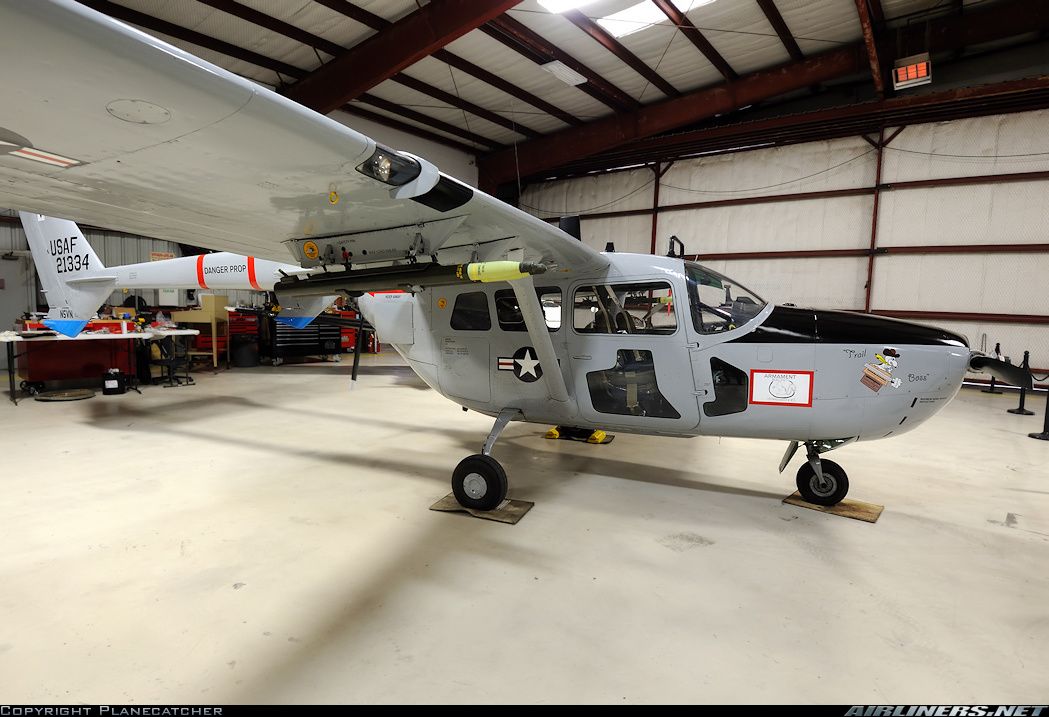SoonerAviator
Final Approach
- Joined
- Jul 21, 2014
- Messages
- 9,337
- Location
- Broken Arrow, OK
- Display Name
Display name:
SoonerAviator
I'm not sure how sea worthy Lake amphibians are, that's why Lake is in the name and not ocean. From what I can see traveling in the Caribbean, high wings on floats are king if you want to land on the ocean. As for the Twotter... I can't afford it and it too is a handful with a sudden engine out. I have considered the Leza Aircam on floats though as a fun Florida plane, but I don't think it's much of an international traveller.
I'd think that just about water conditions that would take out a Lake Amphib would probably do the same to similar float-equipped aircraft. You aren't landing them in 3'+ swells, but 1' chop is doable. Besides, the Lake and Twotter are called amphibians for a reason, you don't have to land 'em in water. Either way, I'd rather find something amphibious (floats or hull) if I were planning to spend so much time over open water.


